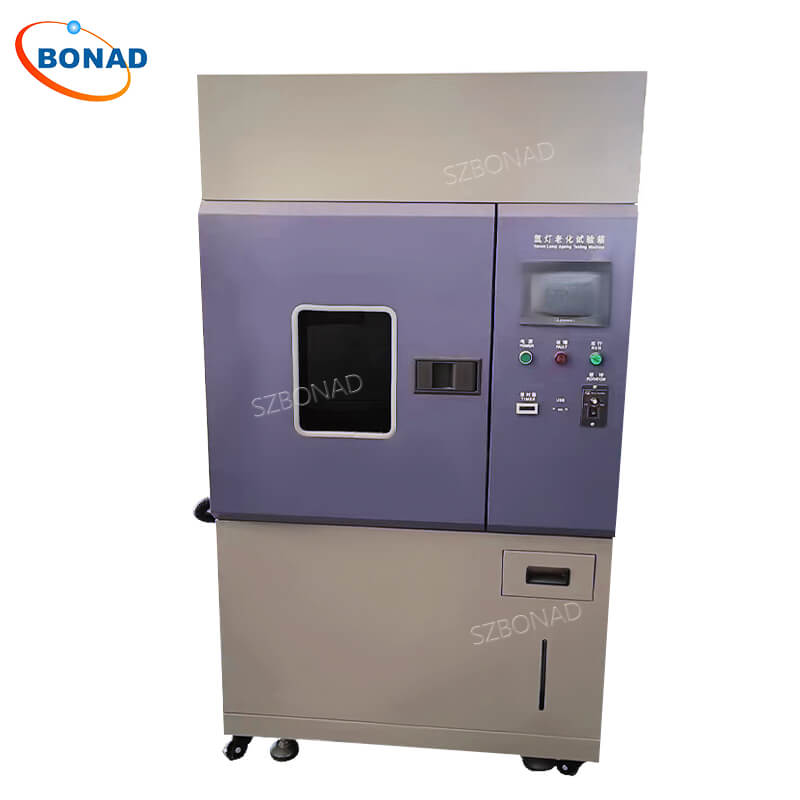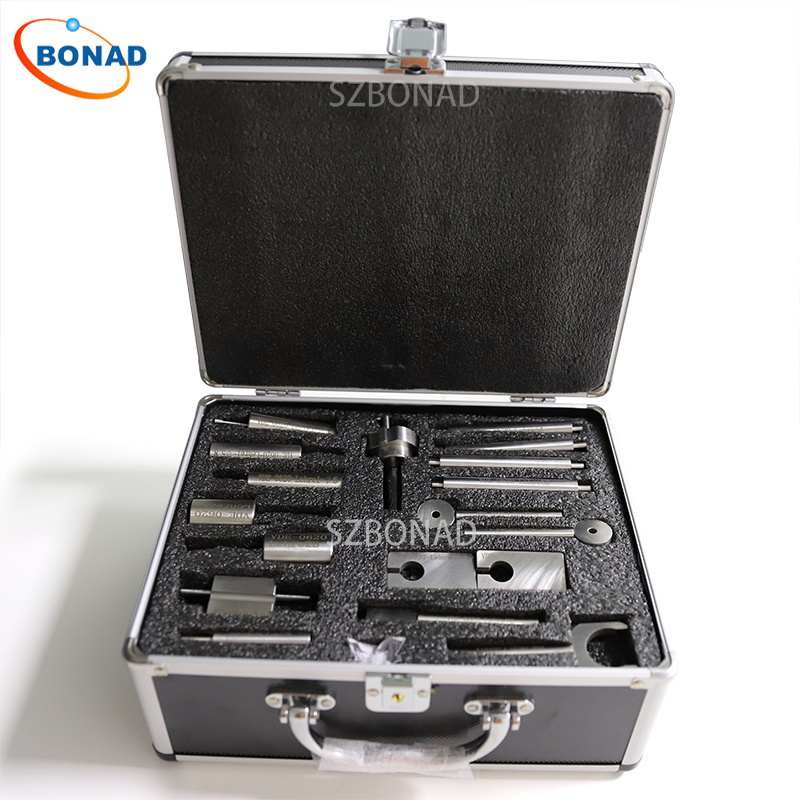How Xenon Chambers Perform Accurate UV Aging Tests
Accurate UV aging testing is critical for predicting material durability. BONAD xenon test chambers deliver industry-leading precision by replicating natural sunlight and environmental conditions in controlled lab settings. Here’s how they work:
The Science Behind Xenon Arc Testing
Xenon arc lamps generate full-spectrum light (200–3000 nm), closely matching solar radiation. This triggers realistic photochemical degradation in materials:
- UV Focus: 300–400 nm wavelengths target polymer/coating breakdown.
- Accelerated Aging: High irradiance + controlled heat/humidity compress years of outdoor exposure into lab-scale tests.
Spectral Accuracy & Calibration
- Optical Filters: Customize spectra to match geographic/seasonal sunlight.
- Irradiance Calibration: Sensors monitor 340/420 nm reference wavelengths for stability.
- Uniform Exposure: Rotating sample racks ensure even light distribution.
Standards-Compliant Testing
BONAD chambers adhere to:
- ASTM G155, ISO 4892-2, JIS K 7350
- Industry-specific protocols (automotive, aerospace, textiles).
Monitoring & Analysis
Track degradation via:
- Visual Checks: Cracking, chalking, color shifts.
- Instrumental Analysis: Spectrophotometry (color), gloss meters, tensile testing.
Why Choose BONAD Xenon Chambers?
- Advanced Simulation: True-to-life UV aging with full-spectrum sunlight replication.
- Custom Solutions: Tailored chamber designs for unique testing needs.
- Global Support: Installation, training, and ongoing technical assistance.

Conclusion
Xenon test chambers are the gold standard for UV aging tests. By combining spectral accuracy, parameter control, and compliance with international standards, BONAD ensures materials meet real-world durability demands.
FAQ Section
Q: How long does a xenon UV test take?
A: Tests range from 100s to 1000s of hours, depending on material and degradation endpoints.
Q: How often are xenon lamps replaced?
A: Every 1,500–3,000 operational hours; regular calibration maintains spectral accuracy.
Q: Can you simulate specific climates?
A: Yes—optical filters customize spectra for geographic/seasonal conditions.
Elevate Your Material Testing Today!
Optimize product durability with BONAD’s precision xenon chambers. Contact our experts at zhy@szbonad.com for customized solutions, quotes, or technical support. Accelerate R&D with ISO-compliant UV aging tests!


